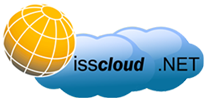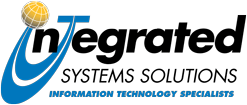Agile methods have proven their effectiveness and are transforming the software industry. We continue to operate on the principals of the Agile Manifesto.
Through this work we have come to value:
- Individuals and interactions over processes and tools.
- Working software over comprehensive documentation.
- Customer collaboration over contract negotiation.
- Responding to change over following a plan.
That is, while there is value in the items on the right, we value the items on the left more.
We follow these principles:
- Our highest priority is to satisfy the customer through early and continuous delivery of valuable software and systems.
- Welcome changing requirements, even late in development. Agile processes harness change for the customer's competitive advantage.
- Deliver working software frequently, from a couple of weeks to a couple of months, with a preference to the shorter timescale.
- Business people and developers must work together daily throughout the project.
- Build projects around motivated individuals. Give them the environment and support they need, and trust them to get the job done.
- The most efficient and effective method of conveying information to and within a development team is face-to-face conversation.
- Working software is the primary measure of progress.
- Agile processes promote sustainable development. The sponsors, developers, and users should be able to maintain a constant pace indefinitely.
- Continuous attention to technical excellence and good design enhances agility.
- Simplicity--the art of maximizing the amount of work not done--is essential.
- The best architectures, requirements, and designs emerge from self-organizing teams.
- At regular intervals, the team reflects on how to become more effective, then tunes and adjusts its behavior accordingly.
Agile methods break tasks into small increments with minimal planning and do not directly involve long-term planning. Iterations are short time frames (timeboxes) that typically last from one to four weeks. Each iteration involves a team working through a full software development cycle, including:
- Planning
- Requirements Analysis
- Risk Assessment
- Design
- Coding
- Unit Testing
- Acceptance Testing
- Ongoing Service and Support
when a working product is demonstrated to stakeholders. This minimizes overall risk and allows the project to adapt to changes quickly. Stakeholders produce documentation as required.









